Almost all the food I saw growing was (most probably) not for direct human consumption, but for animal feed. Huge fields of broad beans growing which they let grow, die, and then collect the beans with a machine. There was another very common plant that I haven’t identified yet… looks like something from the brassica family.
After checking with some of my fellow Dry Archers, I think it’s rapeseed for making oil, and from one of the random people I chatted to in the countryside this is for animal feed, not human consumption.
Another thing I saw multiple times is sheep in a field eating turnips. This is for their winter food.
I can’t help but think it would be more effective to grow food for direct human consumption, and eat less meat. My quick internet search agrees with me:
Livestock takes up nearly 80% of global agricultural land, yet produces less than 20% of the world’s supply of calories (as shown in the visualization).
https://ourworldindata.org/agricultural-land-by-global-diets
In a previous post I made a little rambly video showing a big field, without any data, I’ll pop it in here too…
Another use of land is for wildlife restoration. Which is in theory a good idea, in practise it might involve a government grant to plant a disconnected strip of land with something for the birds/bees/butterflies. There is increasing awareness of the importance to connect it all up as “wildlife corridors”, but hard to see evidence of that.
I’m a bit sceptical that we’re really going to get the depth of reconnection with nature I think we need through the mechanism of government-backed financial incentives 🤷♂️.
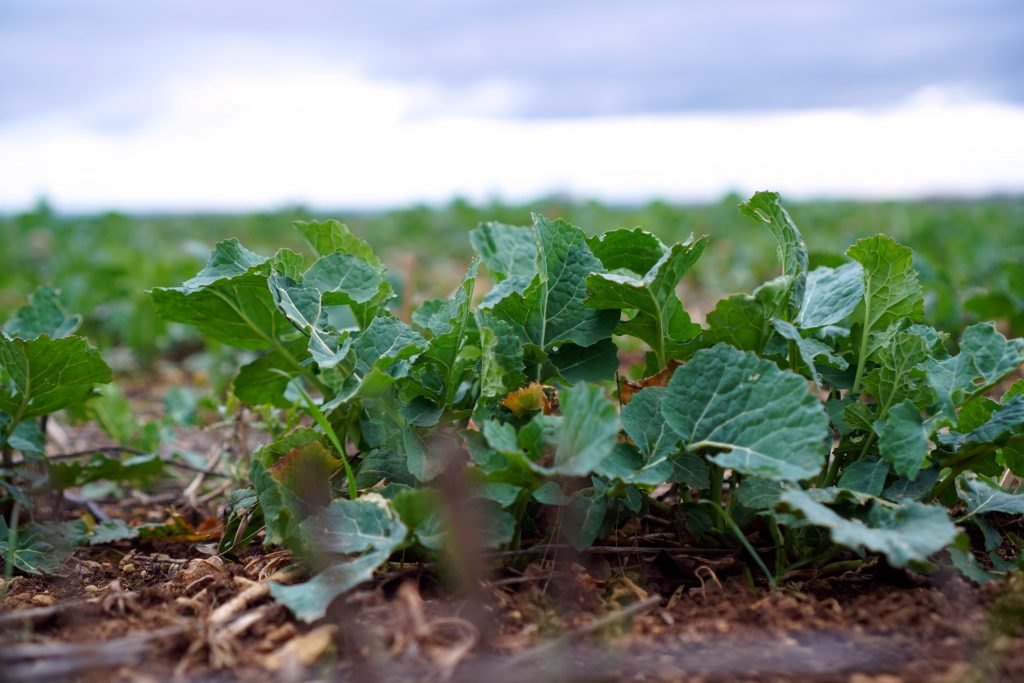
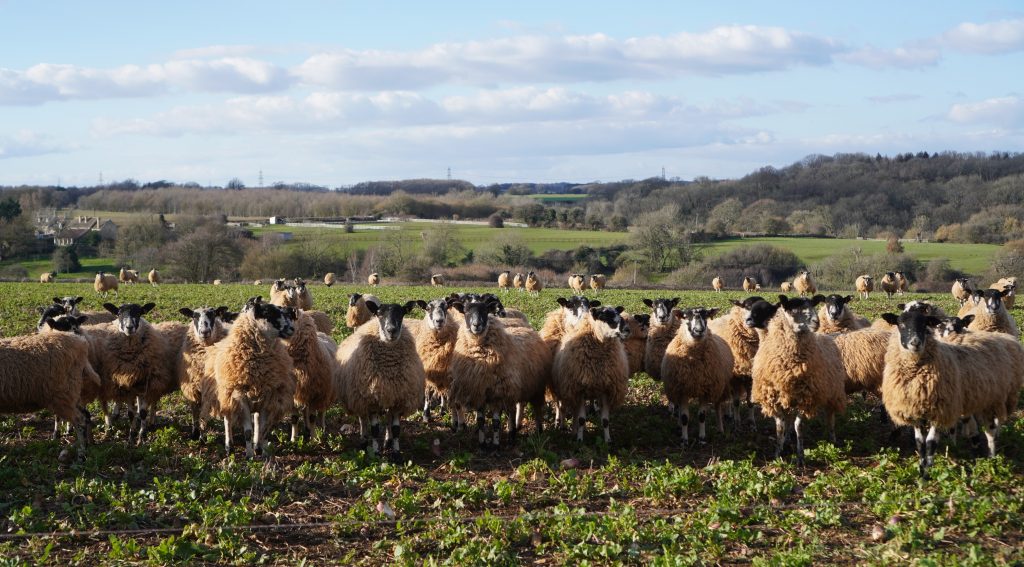

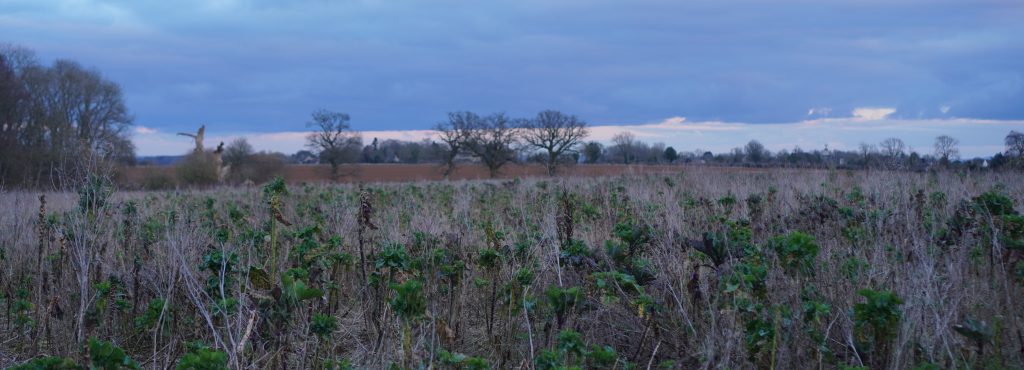
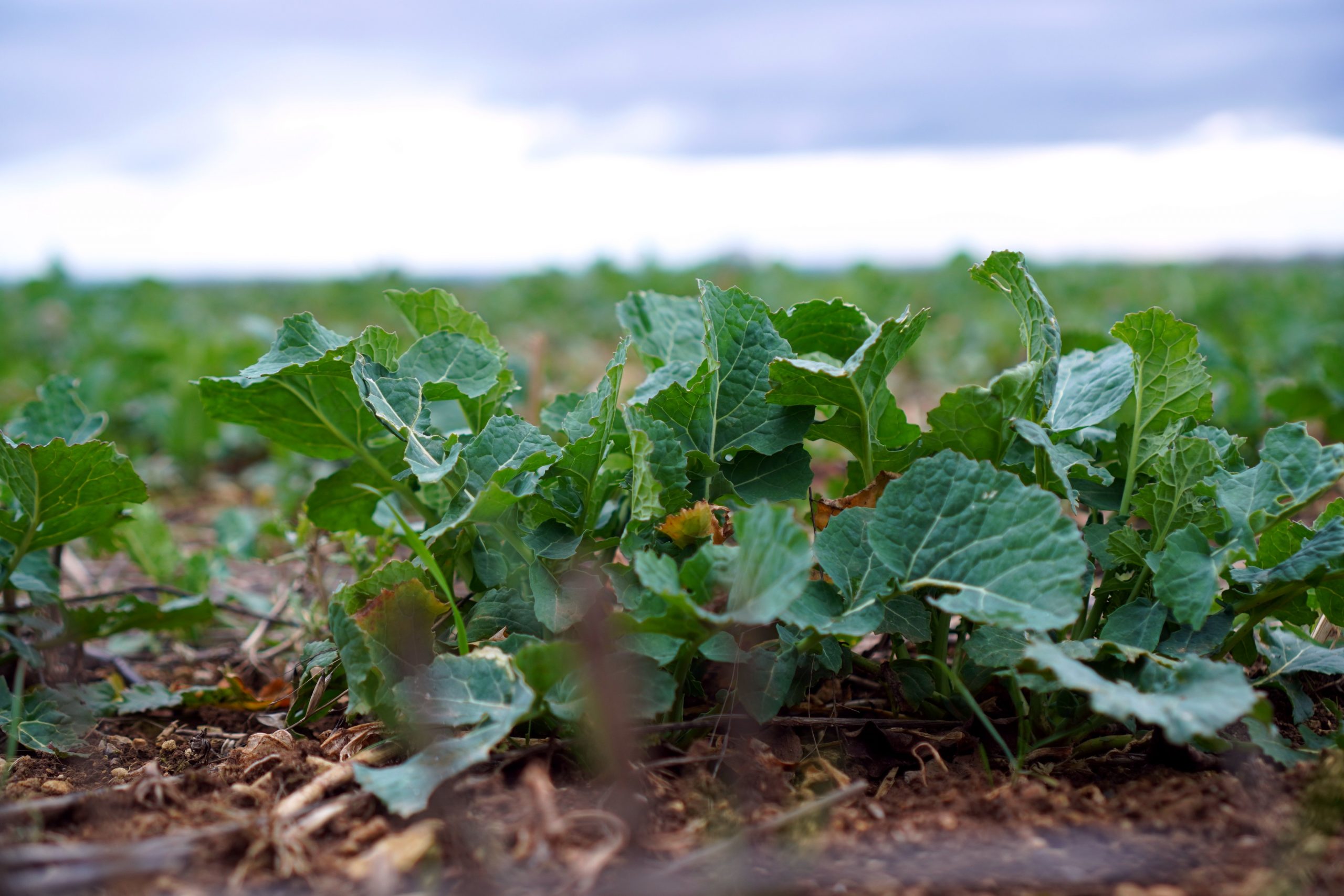
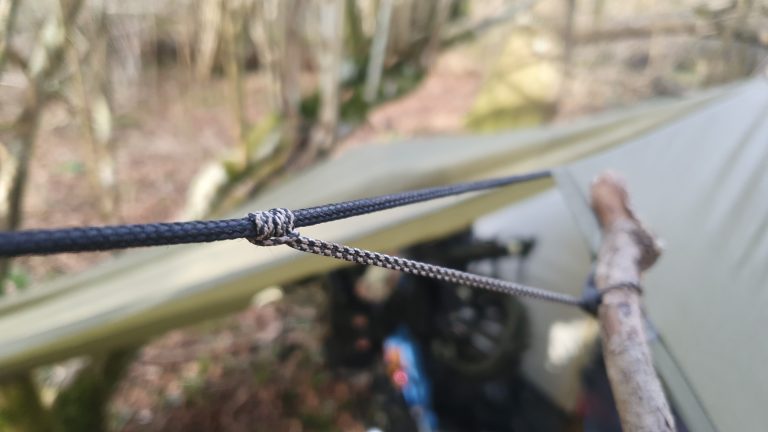
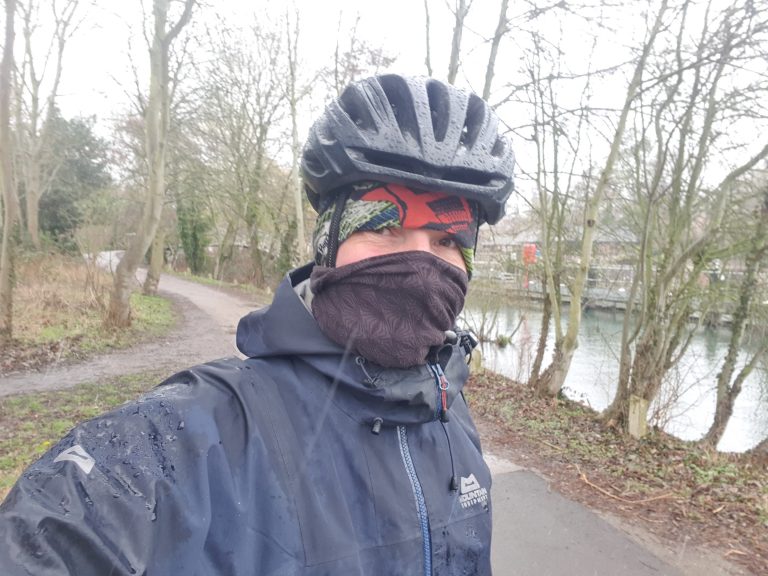
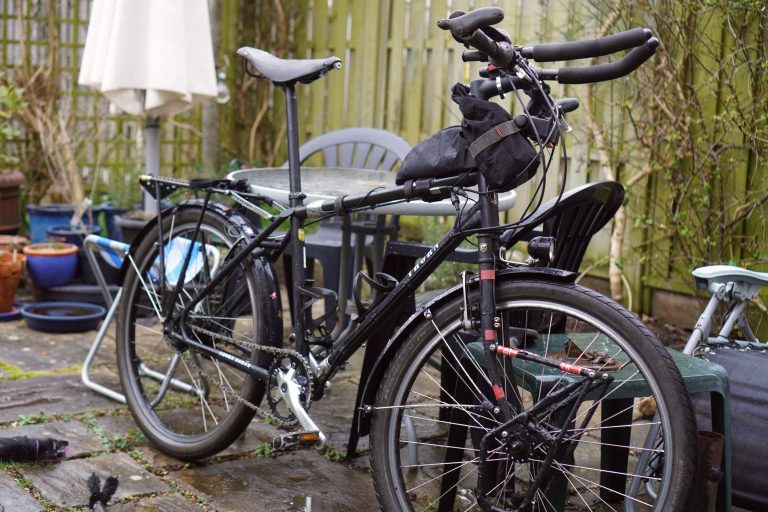
Pingback: And back home 🏠 – Nick's Blog